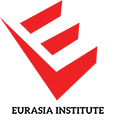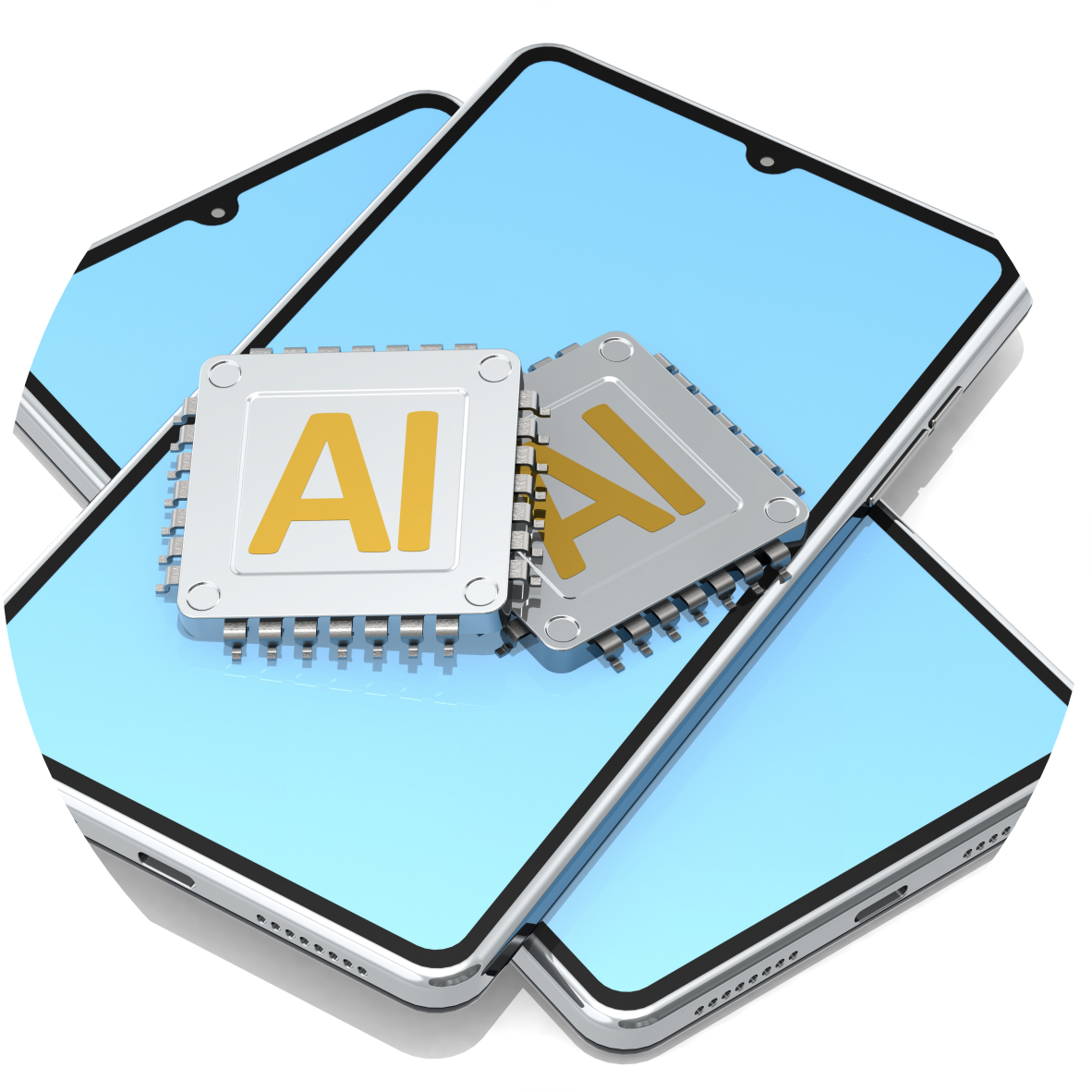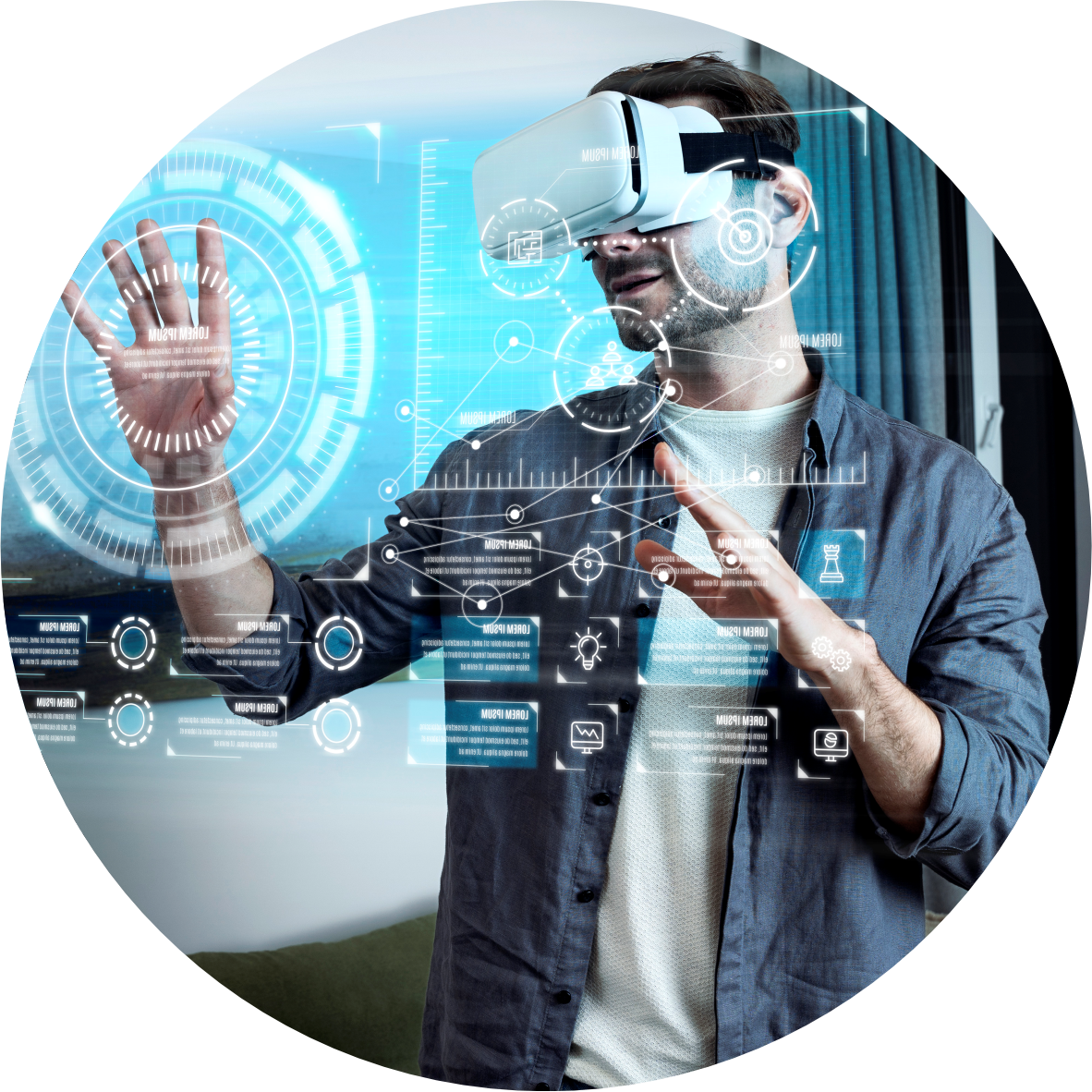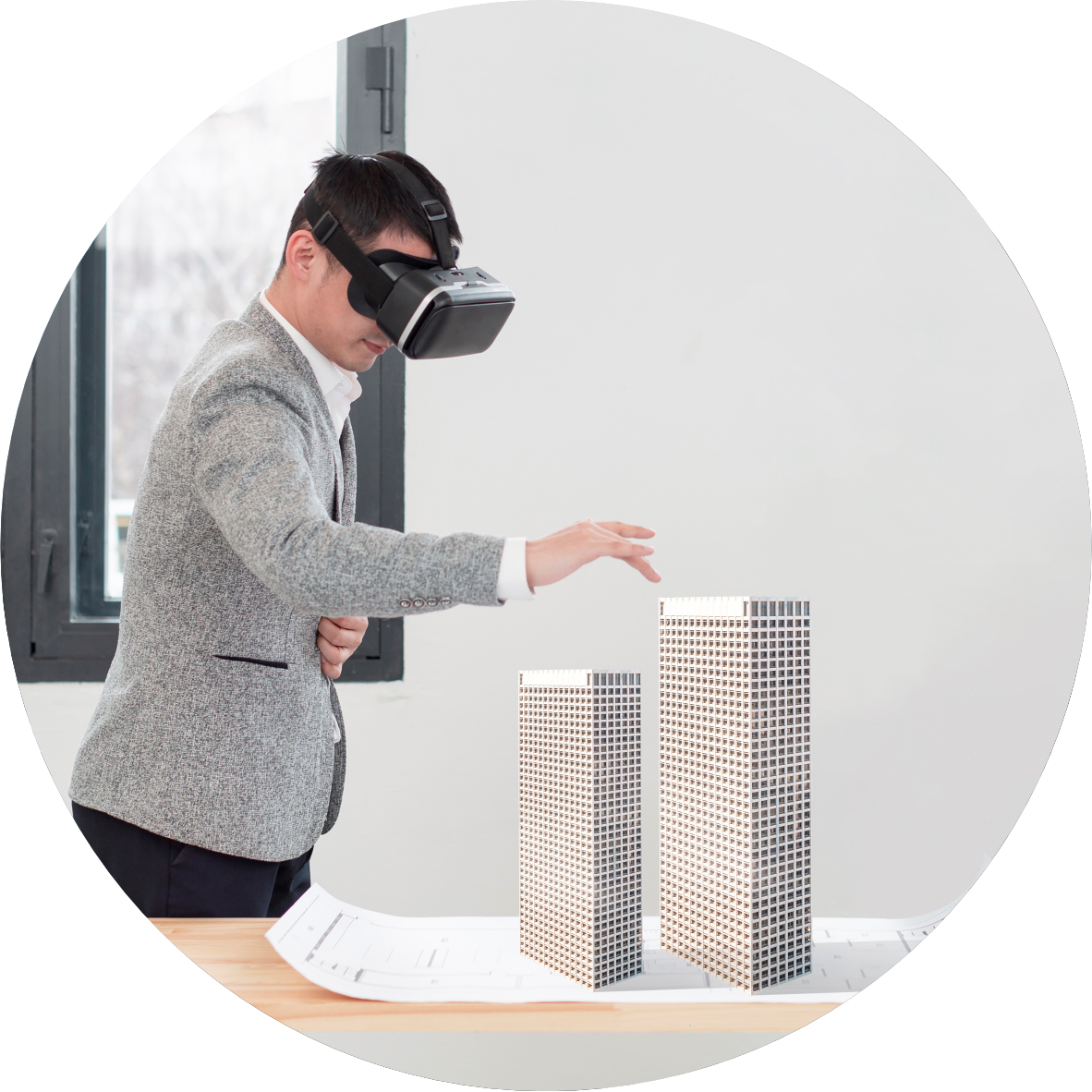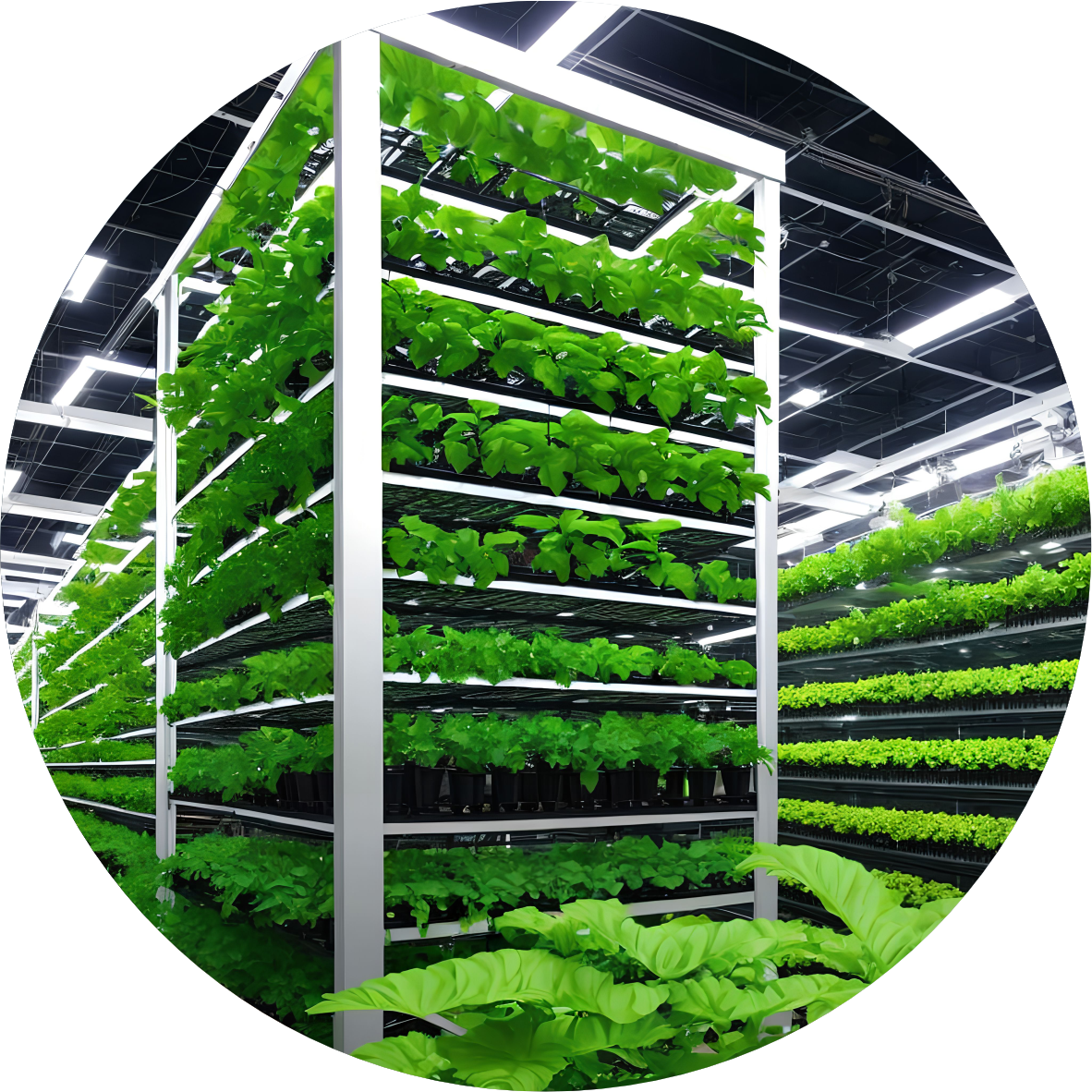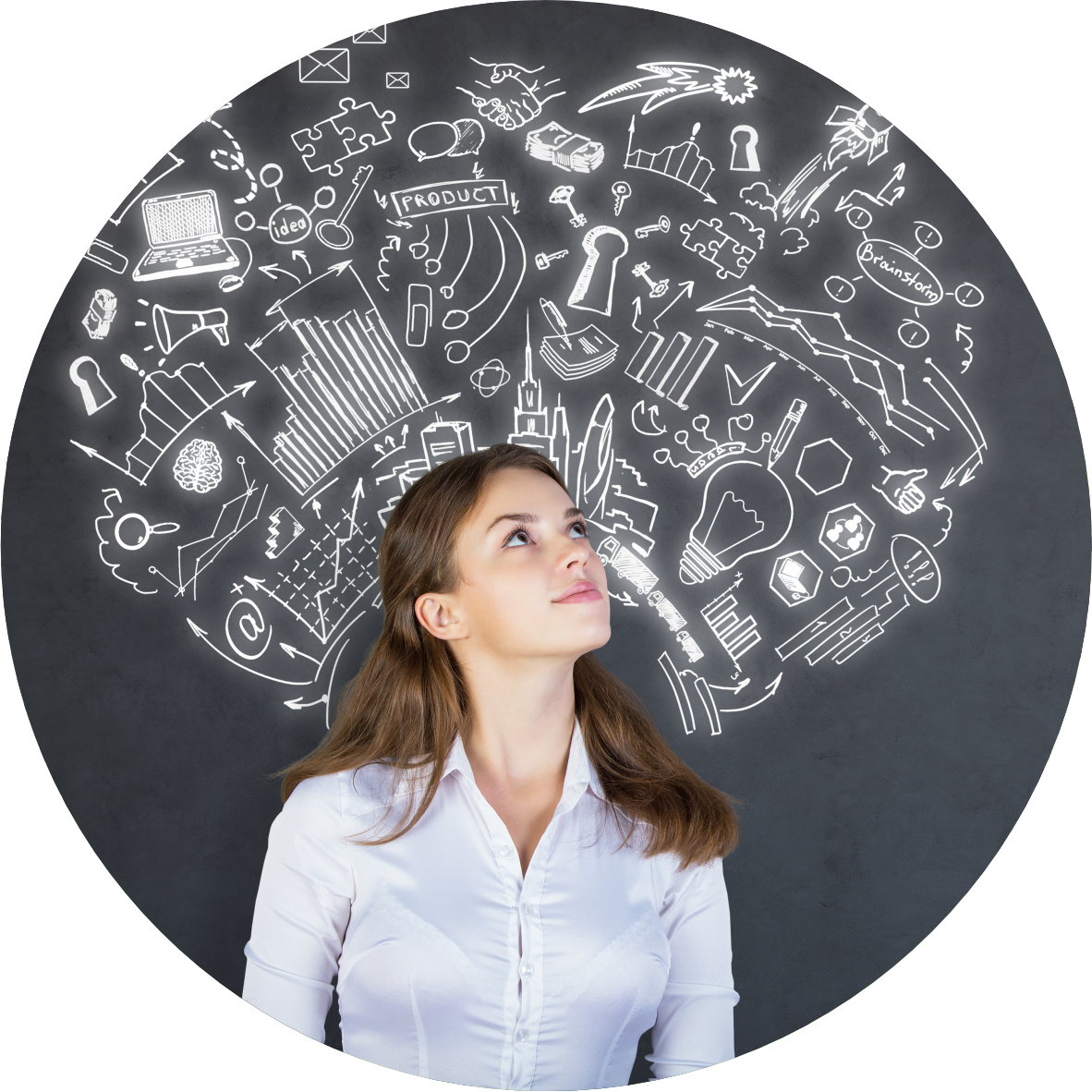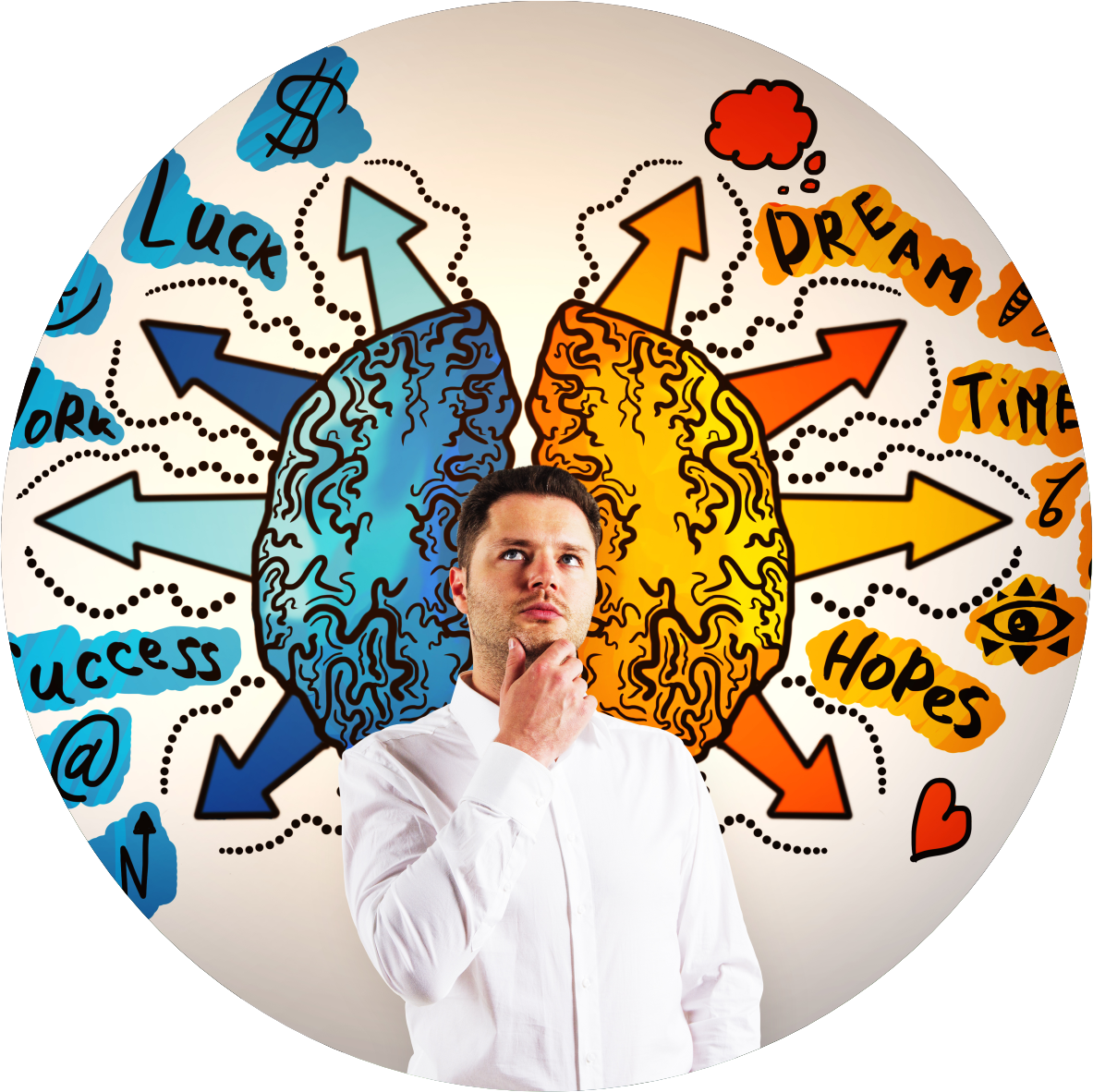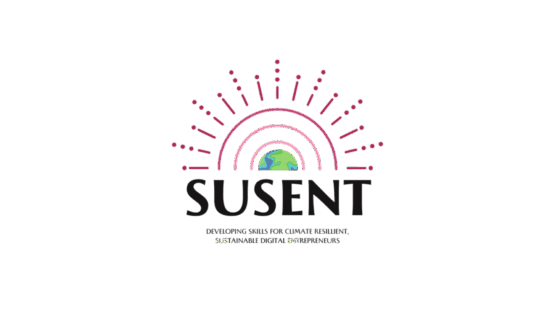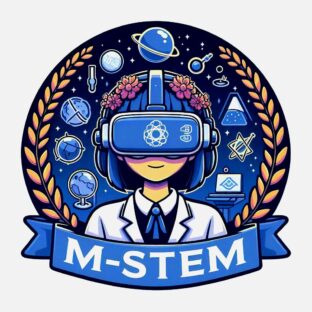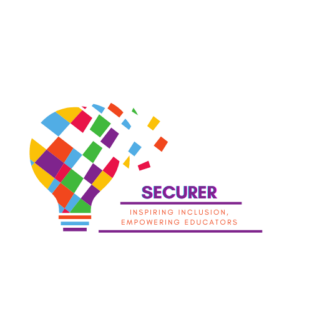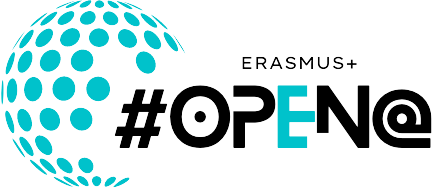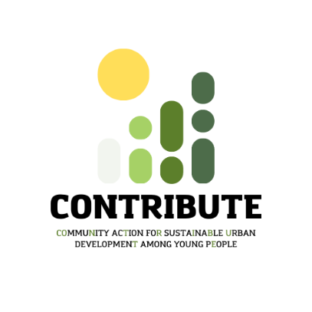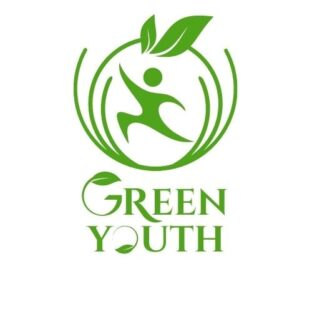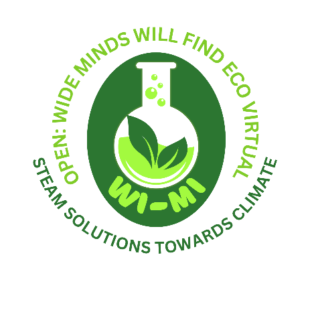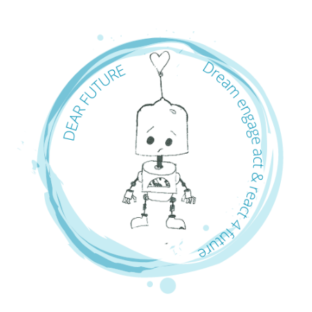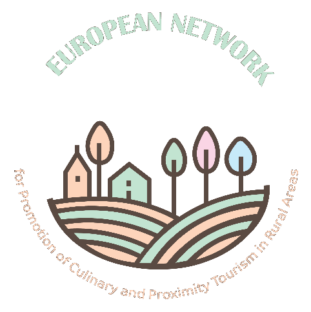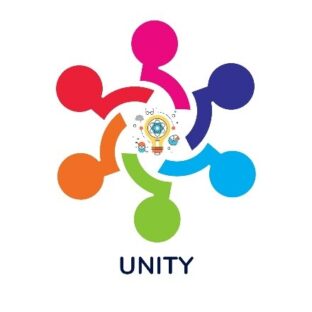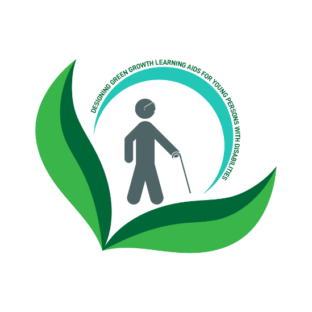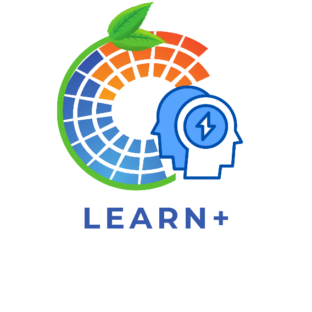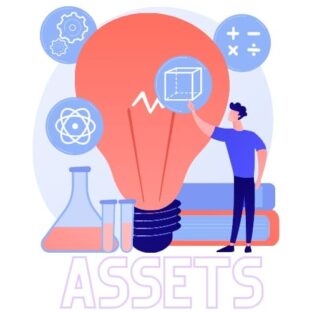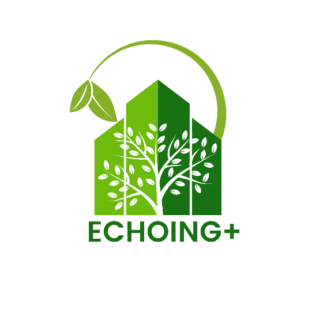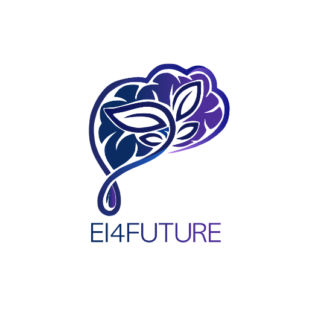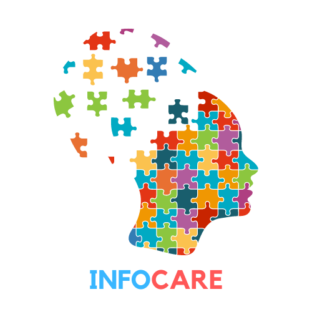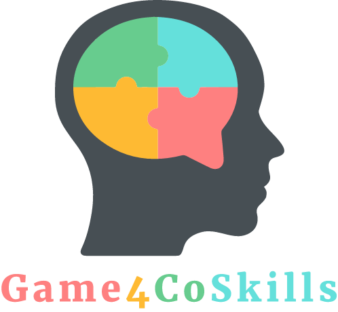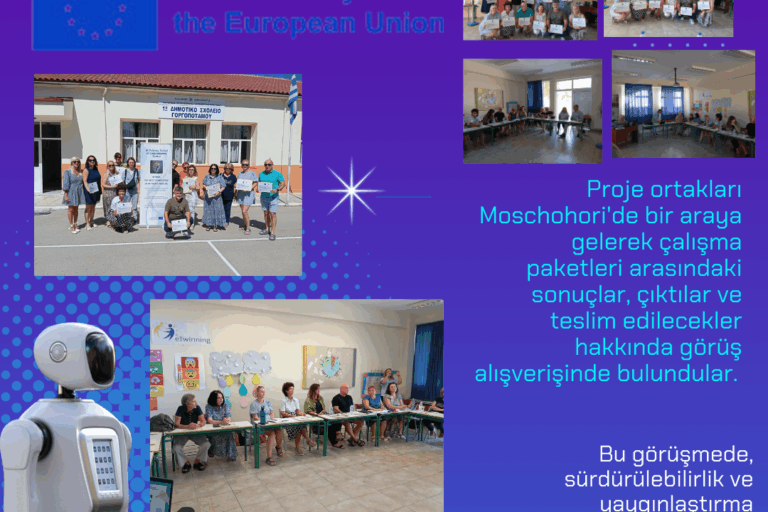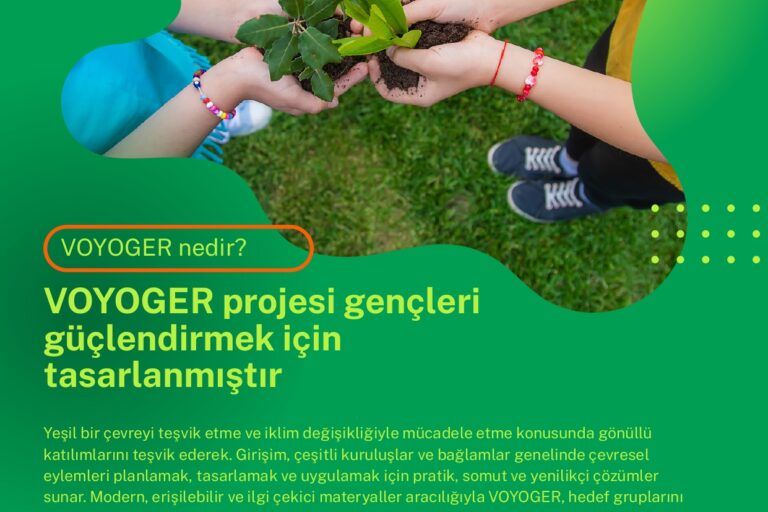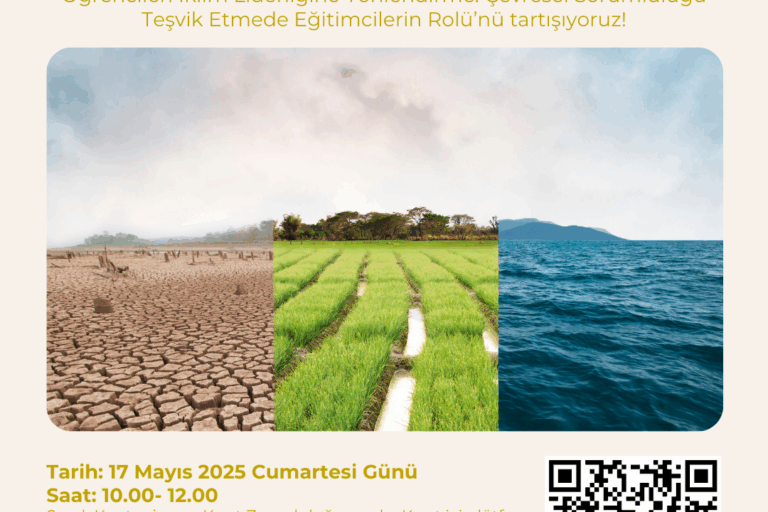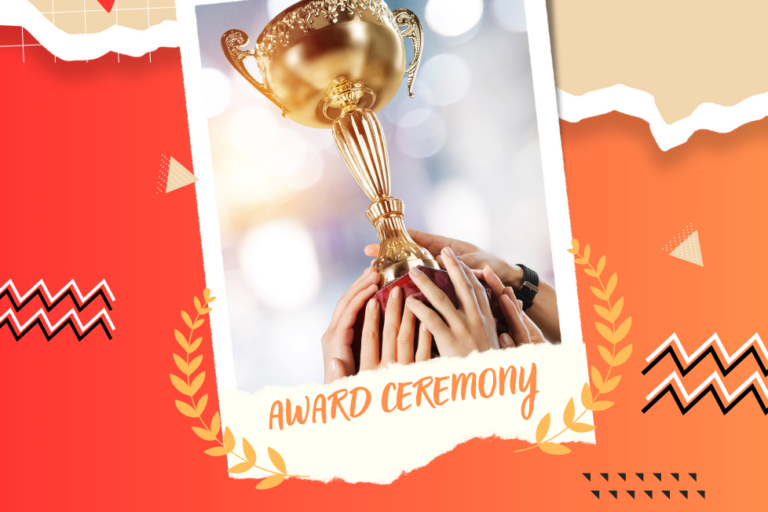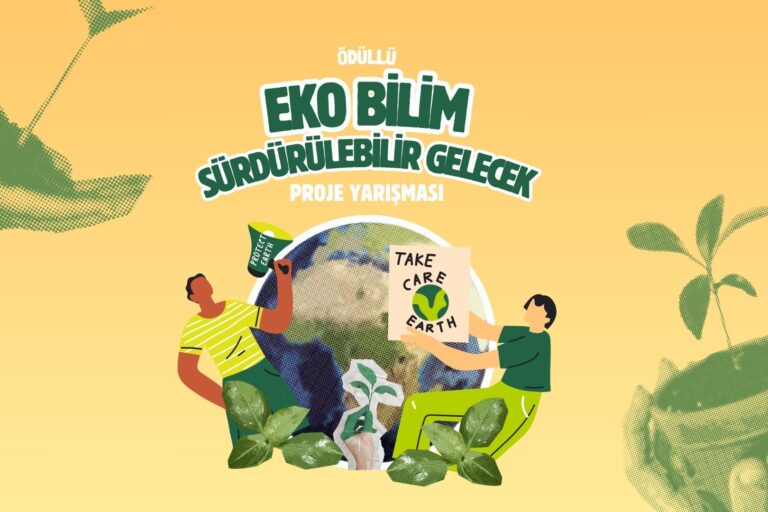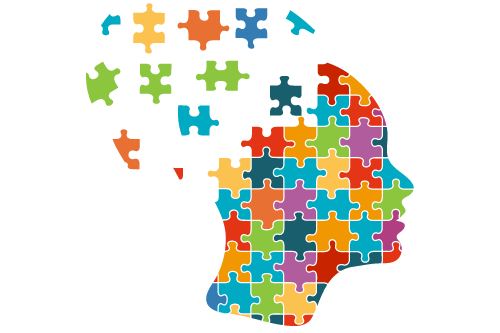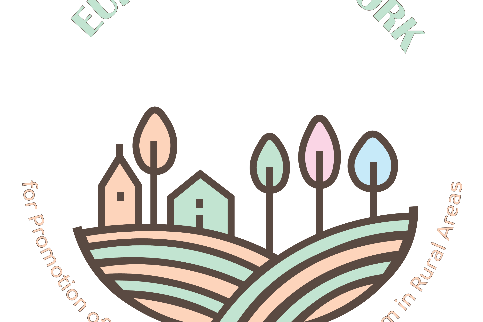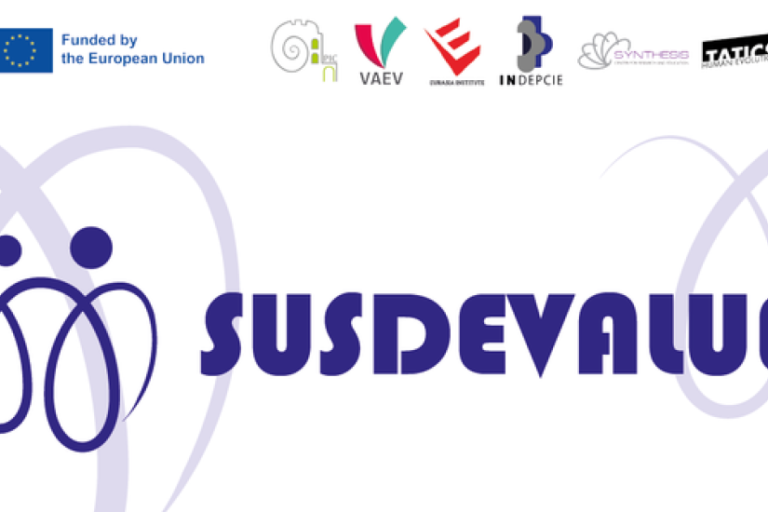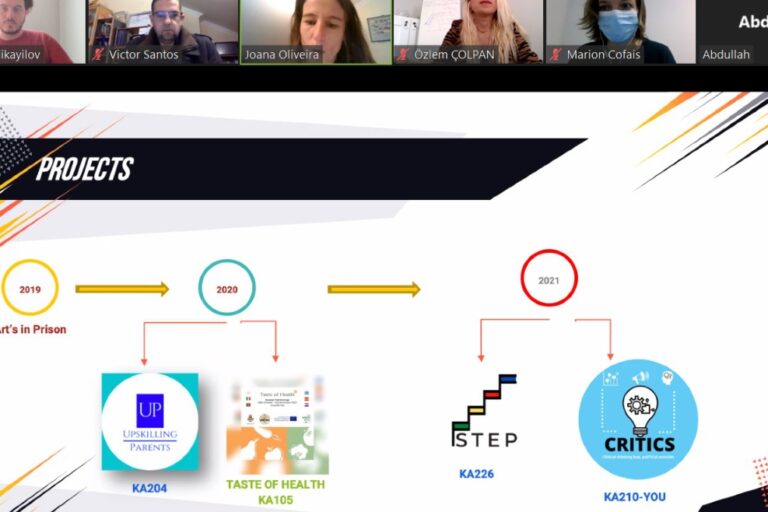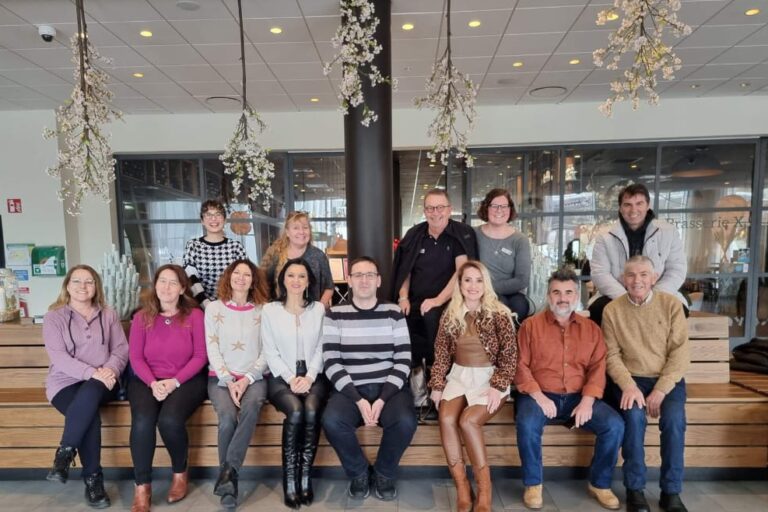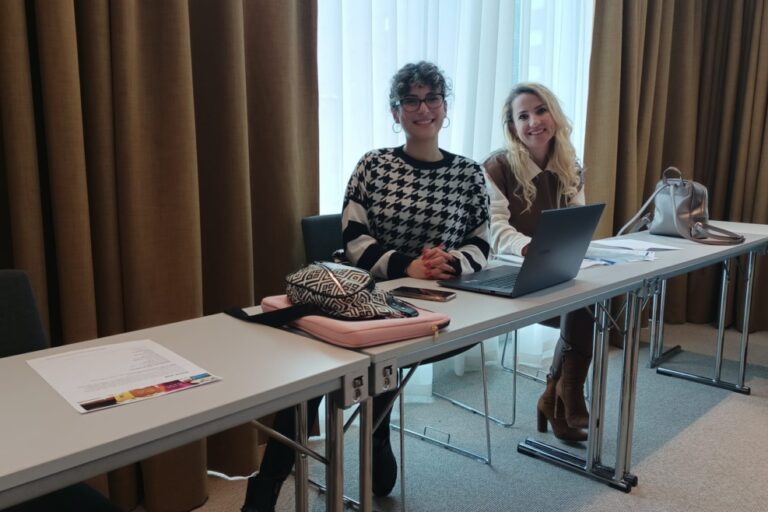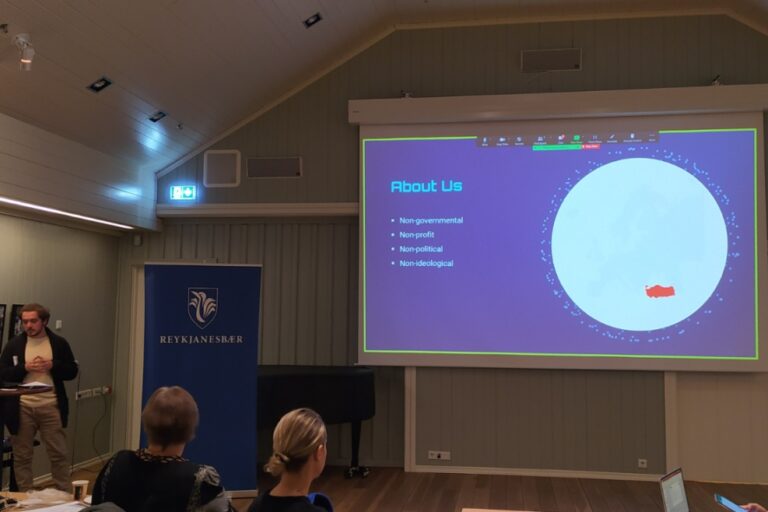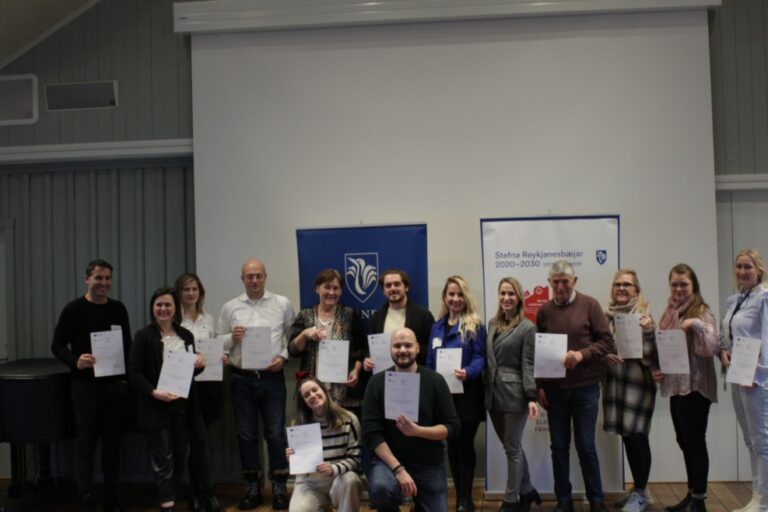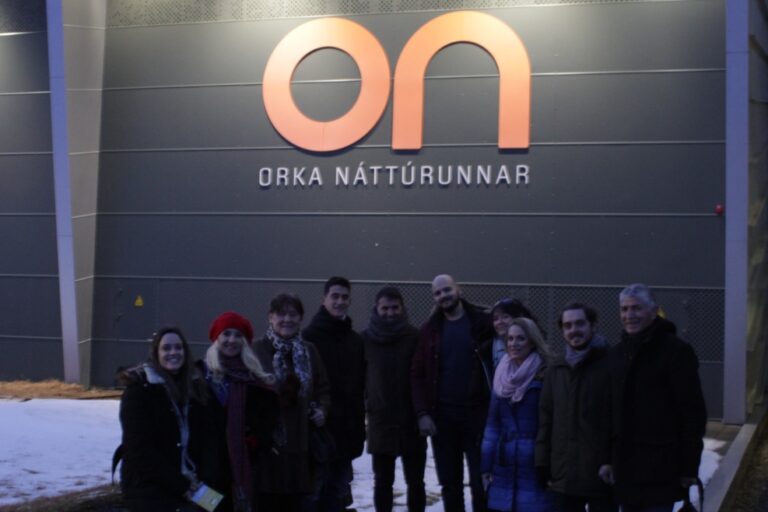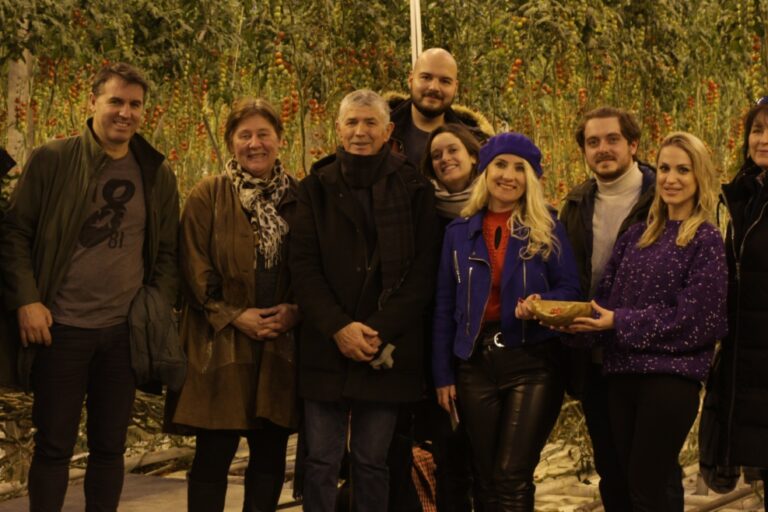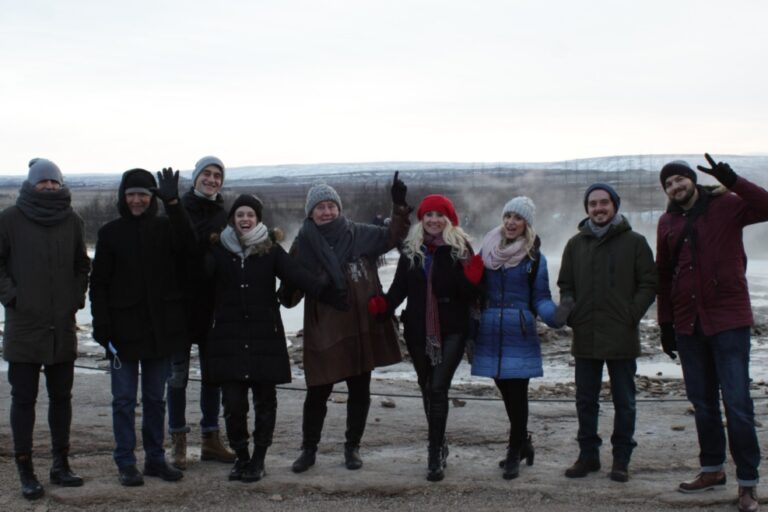We prepare education contents and materials that are tailored to the needs of the institutions. We offer the following education contents :
NFT (Non-Fungible Tokens): Non-Fungible Tokens (NFTs) are unique digital assets that are verified on a blockchain. Unlike fungible tokens, such as cryptocurrencies, NFTs cannot be exchanged for an equal value. Instead, they represent a specific asset, such as a piece of artwork, a collectible, or a game item. NFTs have gained popularity in recent years as a way to create digital scarcity and ownership.
In terms of skills, education, and employability, NFTs can be used to represent credentials and achievements. For example, a student could earn an NFT for completing a course or a certification program. This NFT could then be added to their digital wallet and used as proof of their accomplishment. Employers could also use NFTs to verify the skills and qualifications of job candidates. As we are an R&D company, we conduct in-depth research and development on this subject. In line with the needs and demands of organizations, we develop platforms and (mobile) applications, prepare prototypes and even provide trainings and education materials/contents in the field of NFTs.
STEAM: This is an educational approach that integrates Science, Technology, Engineering, Arts, and Mathematics to provide students with a comprehensive and interdisciplinary learning experience. The inclusion of arts and design in the STEM education model is believed to foster innovation and creativity by encouraging students to think outside the box and explore alternative approaches to problem-solving. By integrating art and design into the traditional STEM subjects, STEAM aims to promote a more holistic and interdisciplinary approach to education.
STEAM education typically involves project-based learning, where students work on real-world problems or challenges, either individually or in groups. It emphasizes hands-on learning and encourages students to collaborate, experiment, and develop critical thinking skills. STEAM education is becoming increasingly popular in schools and universities around the world, as it is seen as a way to prepare students for the rapidly changing demands of the modern workforce, which increasingly requires a combination of technical and creative skills. We provide consultancy services in the field of education because of our expertise in this field. Our competency in the preparation of educational content/materials enable our partners to catch up with the necessity of the age. If you do not want to be left behind in this highly beneficial subject, please contact us!
